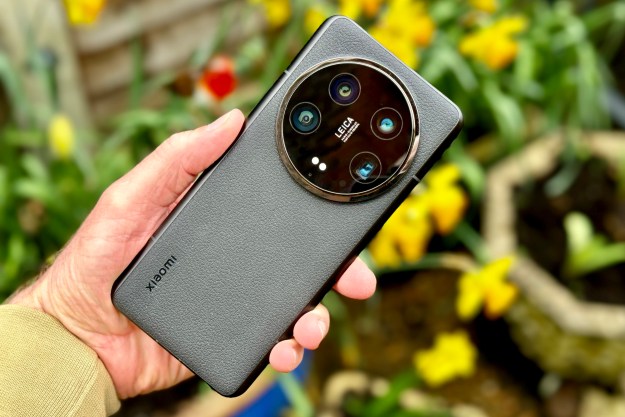How do you like the idea of a cheaper cell phone plan in exchange for having occasional ads pushed front and center on your device?
Well, it’s a move that AT&T is thinking about making in the next year or two.
Speaking to Reuters on Tuesday, September 15, AT&T CEO John Stankey revealed for the first time that the telecommunications giant is considering discounts for ads.
“I believe there’s a segment of our customer base where, given a choice, they would take some load of advertising for a $5 or $10 reduction in their mobile bill,” Stankey told the news outlet.
The CEO suggested AT&T’s plan to launch an ad-supported tier of HBO Max 2021 would help the company to design the framework for phone plans subsidized by ads, though he reportedly steered clear of explaining precisely how the system might work.
However, Stankey did reveal that AT&T engineers are in the process of developing what he described as “unified customer identifiers” that would allow mobile devices to receive highly targeted ads, in turn enabling AT&T to charge advertisers premium rates.
Digital Trends has reached out to AT&T for more information on how the proposed idea might work and we will update this piece when we hear back.
AT&T wouldn’t be the first carrier to offer ads for cheaper phone plans, while the likes of Amazon also offer Kindles at discounted prices if you’re prepared to accept ads on the device.
Saving up to $120 a year on your phone plan in exchange for swiping away a few ads may prove tempting for some AT&T customers, though the popularity of any such system will rest largely on how it’s implemented and how it affects a customer’s interaction with their device.
Badly executed and it will just become another item to add to the long list of things that we hate about our cell phone carrier.
Editors' Recommendations
- AT&T now makes you pay even more for its fastest 5G speeds
- Have a Samsung Galaxy S23? Don’t update your phone to One UI 6.1
- Motorola’s new Android phone looks amazing, but there’s a catch
- AT&T customers past and present impacted by huge data leak
- I turned my phone into a camera, and I don’t want to go back

